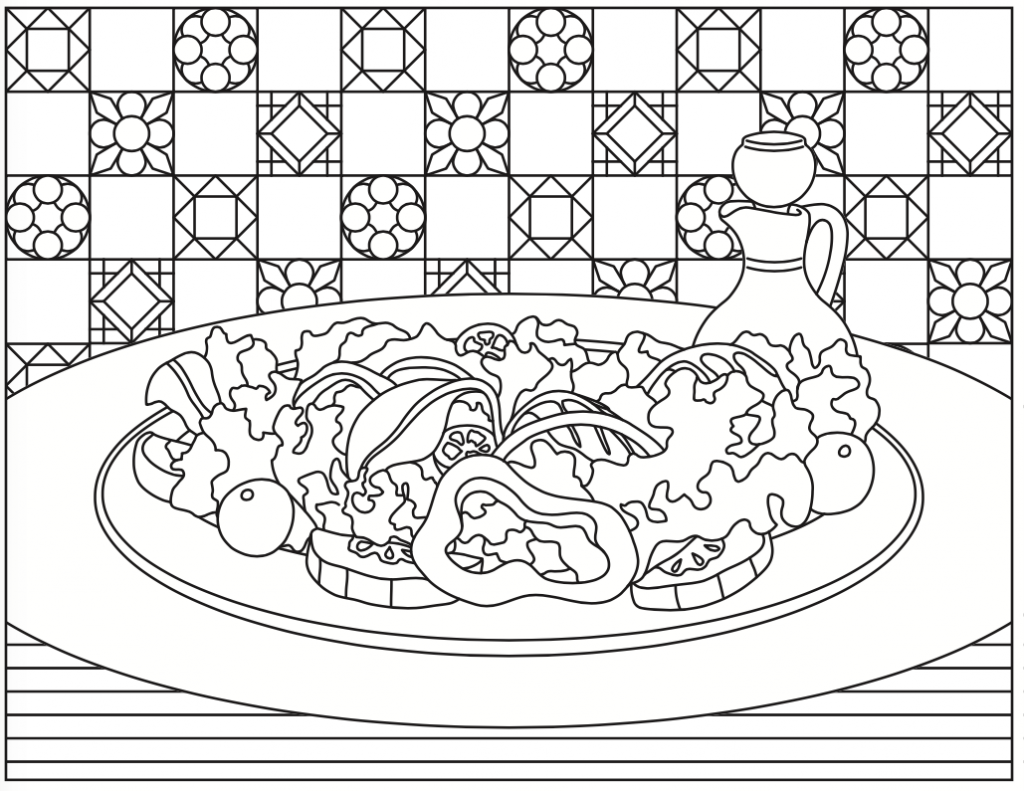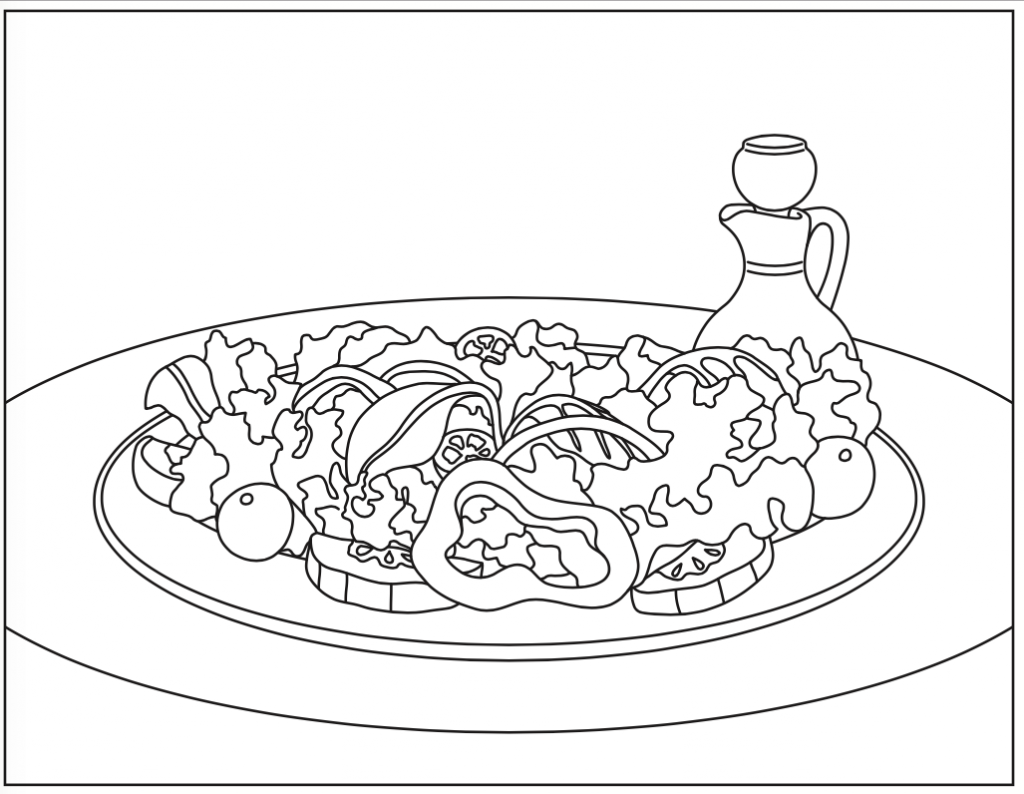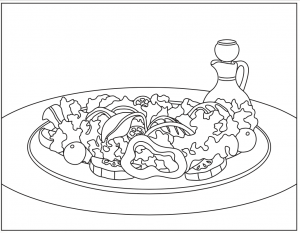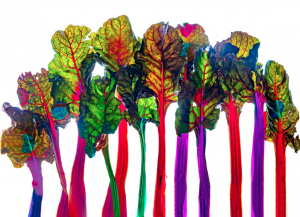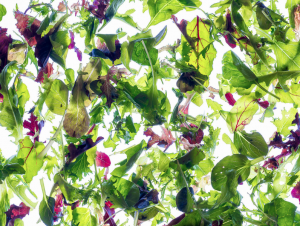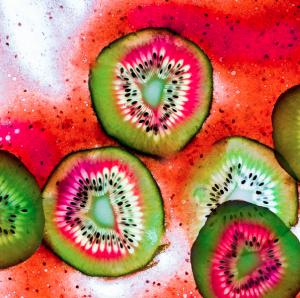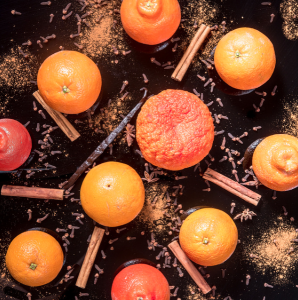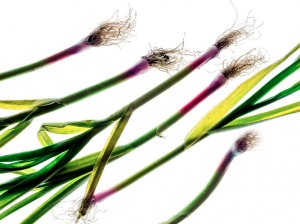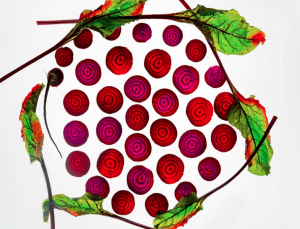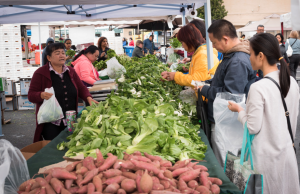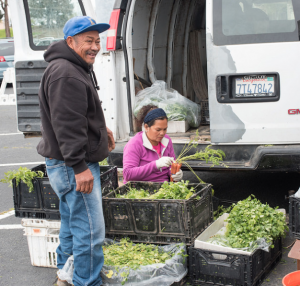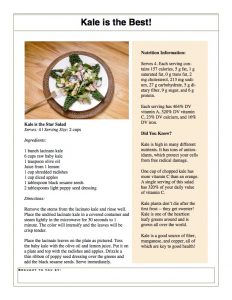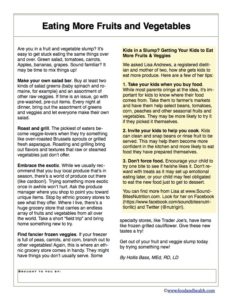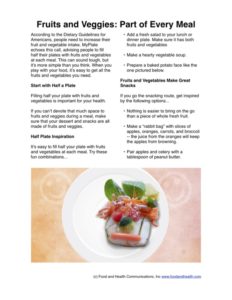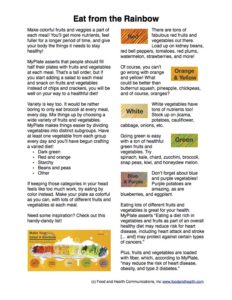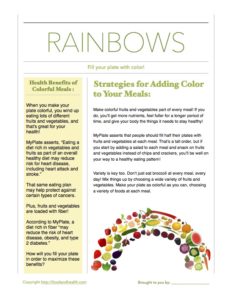After a challenging spring, everyone is ready for summer break. While we continue to live with the pandemic, summer can still mean the start of something new and fresh and healthy. What better way to add joy than to add cooking skills, adventures, and projects in the kitchen!
Whether you work with children or adults, here are some ways they can splash into a summer of healthy eating:
Fresh Herbs: Plant a few of your favorite herbs to use in summer salads and salsas. Or buy fresh herbs at the farmer’s market. For more on herbs:
- How to Use Fresh Herbs from the American Heart Association.
- Our Eat Your Herbs PowerPoint shows.
Knife Skills: Practice your knife skills by cutting up summer fruits and veggies. Make it fancy or keep it simple. Even kids can be taught to use a knife safely. Chopping tips:
- Our Home Run Cooking Book and Cooking Demo Program.
- American Heart Association’s Knife Skills video (about nine minutes long).
Plan It: Meal planning keeps healthy eating on track all summer long. Plan for a week or plan for a day … whatever works for you! Tools to use:
- Our Menu Planning Handout.
- Get your MyPlate Plan, a personalized food plan showing what and how much to eat every day.
Cook Together: Make meal prep a group effort by giving everyone a job … even if it’s a little messy.
Buy Something New: Buy yourself something a new kitchen gadget to use with summertime fruits and veggies. Maybe a salad spinner, a special container for fresh produce, or a new vegetable brush.
Try something new:
- Outside: Grill salmon, pizza, or a head of romaine lettuce. Imagine all the things you can cook on a grill and have fun making new favorites.
- Inside: Try salad in a jar. And make your own salad dressing.
Summer with MyPlate: Check out MyPlate Summer Resources, including this cute idea for a “mad-libs” type of activity.












